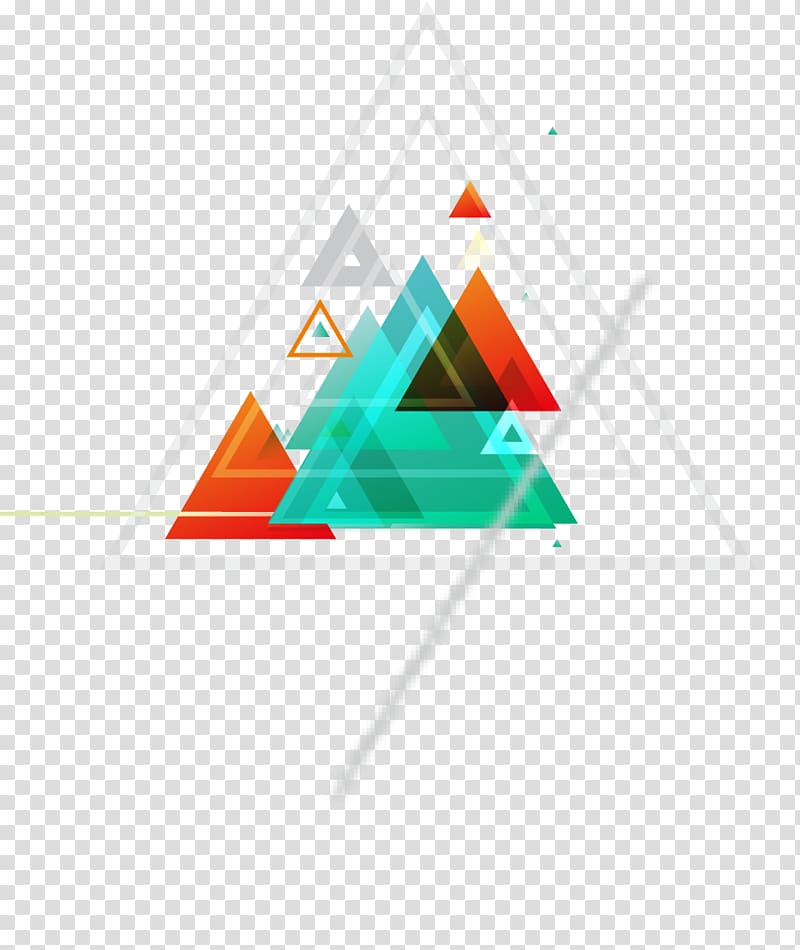

In fact, I'll even just do a render preview right now. You're not necessarily seeing this, but I will when I render it. So, I'm not gonna worry about the roughness, but I'm gonna increase the opacity up about three quarters of the way. I wanna increase the reflection, so I'll crank that up, and you'll notice nothing is really happening at this point, but my goal is to make it match this vase right here. If I turn that off, I eliminate the shadow. Sure enough, there is the shadow being cast, so that's what the Ground Plane is. But let's take a look at the Ground Plane right in here. I can select Environment, and off to the side, I can see the Environment Light and some of those other things that have been added. So, the big issue is the reflection right down here. So, it might not be truly in perspective, but you might need to exaggerate that a little bit, which is why I adjusted the perspective. And I can kind of angle it, tweak it a little bit because you are tricking the eye, ultimately. And this is the situation I'm dealing with.

Ssue here, as I move this, I wanna actually put this right on the table. Hey, that actually worked out pretty, pretty well. It might not, 'cause it might not be a solid line there. Grab this background, let's drop it right in there, saying hey, you know what, I'll try to match the perspective. In fact, you can see them right over here in my project. Let's take a look at those scenarios and tackle them right now. If I take a look at even this one right here, this table, look at this, look at this reflection. So, in my project, you can see it's just this background. This obviously has shallow depth of field. How can you match that content to come up with something interesting? In fact, if I take a look, I will actually open up Photoshop because I happen to have a couple images. We're matching the perspective, as well as adding reflections, and even depth of field. Now let's dive into some more complex situations. Matching Scenes with Perspective, Lighting, and Reflections


 0 kommentar(er)
0 kommentar(er)
